Jeremy Irons was at St. Mary’s Cathedral in Limerick, Ireland on Saturday 10 May 2014, to give a presentation on his restoration of Kilcoe Castle. The event was part of the Irish Georgian Society and Limerick City and County Council’s traditional building skills exhibition at The Hunt Museum. Jeremy’s talk was originally scheduled to take place at The Hunt Museum but, due to the large number wanting to attend, the talk was moved to St. Mary’s Cathedral.
Scroll down to read two first-hand accounts of Jeremy’s presentation.
The best of Jeremy Irons in Limerick – from Limerick Today
Thank you very much to Garry Irwin, David Morrissey, Kate O’Shea, Kate McLoughney, the Irish Georgian Society, The Hunt Museum, RumpusX, Emma Gilleece, Dr. Ursula Callaghan, David Sheehan, Deirdre Power, Tom Cassidy and all those who took the photos you see here. Scroll to the bottom for the gallery of individual photos and click on the thumbnails for enlargements.
This slideshow requires JavaScript.
———————————————————————————————————————-
The following account is by Garry Irwin
Jeremy Irons Talk – 10/05/2014 – St. Mary’s Cathedral, Limerick
Despite the terrible weather in Limerick that day, a good crowd was gathering around the cathedral in the lead up to the Jeremy Irons talk at noon.
The talk was due to be given in the Hunt Museum, but seeing as its biggest room holds about fifty people at a push, it was moved across the bridge to the 12th Century church, which accommodated the, I’m guessing, near two hundred people who braved the elements that day. Jeremy did say that if you thought the weather was bad here, you should have been in West Cork that morning! While some people did mention that they had come from even further afield to catch his talk that afternoon.
The presentation was to be a series of photographs detailing the restoration of the 15th Century Kilcoe Castle, but some technical gremlins saw to it that things did not go smoothly. So before it began proper, Jeremy said he would talk about how he came into possession of the castle. But before he even did that, he beckoned everybody at the back to fill seats at the front. He was miked up but still didn’t want it to feel like he was giving a formal lecture. So what did he do? He shot off to the side aisles of the church and started carrying chairs to the front of the nave, nearer where the screen was positioned. After doing this a number of times, people eventually helped him until all the chairs were in the middle aisle of the church. This may have annoyed those who had gone to the trouble of reserving their seats at the front! Then just as all the chairs were repositioned, Jeremy stood up and said, ‘seeing as we are in such a setting, I think it right that the last shall be first and the first shall be last’, before gesturing for those at the back to come fill the remaining seats. During the talk, Jeremy constantly moved up and down the centre aisle, so no-one was left out and everyone could hear him.
Jeremy gave a brief history of the castle, before telling the story of how it came into his possession. He got someone else to buy it for him, for fear the price would be jacked up if his name was attached to the purchase. Eventually the screen was working and the talk could begin, but unfortunately the pictures were not in order and Jeremy would have to prompt an unseen figure from behind the screen in order to move from one slide to the next, but this didn’t hamper the talk in any way.
He admitted that at the outset of the restoration he didn’t have a clue as to what would be required, how long it would take, or what the cost would be, but he did say that it ended up not unlike what would be needed on a film set, where lots of different moving parts come together for a single end goal.
Jeremy breezed through photograph after photograph, delighting in elucidating on each aspect of the restoration. Every time someone appeared in a picture Jeremy would go into who they were, where they came from, and what they did on site. It was very rare that someone popped up in a picture and he did not seem to know everything about them.
It seemed that during the restoration a wide range of people came onto the island where Kilcoe Castle is situated. Wandering German artists, French masonry students, local farmers driving ancient tractors, cranes brought in from Paris, wooden beams from English forests, woodworkers, metalworkers, electricians, sailors, and even musicians. All became part of the workforce, which itself became one big family during the six years of the restoration. At the beginning he said he was handing out brown envelopes for work done at the end of the week, but by the end he was one of the biggest employers in the local area and was giving out redundancies to people when the work was eventually finished.
While the large crowd was always attentive during the two hours of the talk, a number of tales went down well with those in the cathedral. Jeremy needed to get a number of large furniture items into the castle, and the only way to do this was through a gap in the roof at the very top. So they all had to be hoisted up and then carefully lowered into the building. The usual array of furniture was shown being brought up, and then they were shown inside where they were to be used. Sofas, a piano, and a life-size horse?
Someone in the audience had to ask, what was the story with the horse? So Jeremy went on to explain how he passed an antique shop and just knew he had to take the horse away. So after furiously rapping on the front of the shop until the owner appeared, the shop was closed, he asked how much it would be to take the horse of the owner’s hands? He was slightly taken aback by the figure that was he was given. So Jeremy and his friend (whose name I unfortunately can’t remember) went for a bit of a liquid lunch to mull it over. They eventually reasoned that they could use the horse as a mould, and after they had sold copies of this horse mould to people to put in their gardens or wherever, they would then surely make the money back with interest. So the horse was bought, but as of yet, hasn’t made them any money.
Another time Jeremy had been continuing his research, so as to aide the restoration in being as accurate as possible. One day as he looked up at his castle, he realised that the castellation was wrong. The castellation is the defensive parapets ringing the roof of the castle. He knew it would be something he could not unsee every time he looked upon it, so it would have to be changed. Jeremy’s wife said that was fine, but he would have to be the one to break it to the workers. So up he went to the finished roof were the workers were and told them that it would have to be redone. One of the workers commented, ‘the thing I hate about you actors, is your need for —– rehearsals.’ Jeremy never revealed the swearword that was used.
Lots of other little stories and asides were given. How Jeremy’s dog would often somehow climb up thirteen flights of scaffolding to join him at the top of the building. Or the time a worker (name escapes me again) decided to tell him that he was quitting after working there for years. Jeremy was surprised, and they organised to have a big session to give him a good send off. Come Monday morning though, he was back on site working. Jeremy went up to him and asked, ‘I thought you left?’, ‘I was only trying to see if I could get a pay rise out of you’, was the reply.
Jeremy also talked of how he was not a fan of some of the reporting that was done during the time of the restoration. How he had refused to talk to reporters about it while it was ongoing, yet they still found something to write about. He was not impressed when the castle was coined as his ‘pink erection.’ Two reasons; his is not nearly as impressive! Nor is the castle painted pink. He prefers to see it as a shade of ochre, and he ended the talk on a picture of the impressive fully restored castle and a lengthy round of applause from the appreciative audience.
After the talk, Jeremy took a number of questions from the crowd; he was asked about how the castle held up during the recent stormy weather; what help, if any, did he receive from the Irish government during the restoration. Here he went into his feelings about the bungling red tape and laws which do not engender a sense of historical understanding. How Ireland has so many worthy sites, but they are left in their state of ruin. As the clock ticked past two, Jeremy ducked outside for a quick cigarette as people lined up to give him a short word of thanks or to get a photograph with the star.
Jeremy Irons was giving a talk for the Irish Georgian Society, who were hosting a weekend of conservation and education awareness to do with Ireland’s architectural heritage. This was in association with the Hunt Museum, and the talk was held in Limerick’s St. Mary’s Cathedral.
Garry Irwin
————————————————————————————————————————
The following account is by David Morrissey:
Refurbishment of Kilcoe Castle
When: Saturday May 10th 2014 12pm-2pm
Where: St. Mary’s Cathedral, Limerick city.
Organiser: Irish Georgian Society I.G.S.
Admission: Free
Speaker: Jeremy Irons
A crowd of around a hundred people attended the amazing St. Mary’s cathedral in Limerick City for this exciting and in-depth account of Jeremy Irons’ complete refurbishment of his West Cork home, Kilcoe Castle. This presentation began in bizarre circumstances with a plethora of technical and seating issues to be ironed out before Jeremy could begin his detailed slide-show. With the waiting crowd assembled within the church, Jeremy entered the cathedral with great enthusiasm and vigour. Immediately he began to re-arrange the seating, constantly wanting to make the entire presentation less formal and more personal for everybody involved. He went to great lengths bringing anybody at the back of the congregation up to the front and filled up any available space so nobody would miss out. He also wanted to disband his microphone which he felt was hindering his communication but we convinced him otherwise so he continued with a less bulky headset microphone. After tweaking some technical issues with the laptop and projector finally the photographic extravaganza got underway.
Jeremy proceeded to tell us the history of the castle from its construction in 1450 through to the unsuccessful British attack on Kilcoe in the 1600’s and the transfer of ownership from local farmer James Caverly to Edward Samuel who eventually sold it to Mr. Irons. The presentation entailed a slide show of roughly 75-100 photos taken by Jeremy and with each slide he gave us a detailed narrative of the refurbishment process. The Oscar winning actor spoke with such energy and vitality about this project that he would stop on occasion reminiscing about certain people or characters who toiled on the castle. He rented a nearby field from a local farmer to create a storage yard for the scaffolding he bought, the crane he bought, and all the other necessary machinery he bought. Which the farmer only asked for ‘peanuts’ as payment as he said himself. He continued with many stories that only he would know.
For instance he told us that one day he gathered every worker on site and brought them to the top of the castle where he got the local Catholic priest to bless the project because he said if anybody got hurt during its refurbishment that it would tarnish his future home and diminish his love for the archaic building.
His passion for this project was amazing as he put astonishing detail into each phase of the construction process. Jeremy bought old steel cart wheels to straighten and make door hinges, he bought Irish oak timber which had been culled in the nearby Fota island forest to hand cut into load bearing joists and beams for the roof. He had every stone of the old castle power washed and re-pointed with mortar to a hands’ depth, he employed two beret-wearing French stone masons to cut arched windows from solid pieces of limestone. He explained his problems with eradicating dampness and his fixation with letting a building ‘breathe’.
A German man and woman wandered into Kilcoe Castle looking for some work, the woman a stone carver and her partner a carpenter who were part of a craftsman guild society looking to earn their way around Europe. Jeremy obliged and gave them board and accommodation along with a weekly wage, the woman carved a detailed head of the virgin Mary which Jeremy mounted on the east side of the castle. He explained that Catholic churches place the altar always situated at the east end of a church so it was only right that he mounted the bust of the virgin Mary on east facing side of Kilcoe.
To complete the refurbishment he bought items from an array of local and international sellers, bedroom pillows and lamps from India, quality floor rugs from Morocco some quarried stone and timber from England, the list is endless but Jeremy can recall each item and where it was bought.
This presentation was extraordinary in its opportunity to see Jeremy in full flow of passion for something he holds so dearly. His booming English voice and charismatic descriptive words along with his animated hand gestures gave us all wanting more after the minuscule two hours.
Question time afterwards gave some surprising results with the Oscar winner telling us that he received no grant from the Irish government and his disappointment with the poor system in Ireland for protection and restoration of ancient ruins.
Jeremy was very nice to pose for photographs after the presentation having a quiet word with each person.
A great event from the Irish Georgian society.
David Morrissey
————————————————————————————————————————-
-

-
Photo via Kate McLoughney
-

-
Photo via David Morrissey
-

-
Photo via @pfoley194 on Twitter
-

-
Photo via @pfoley194 on Twitter
-

-
Photo via Kate McLoughney
-

-
Photo via Kate McLoughney
-

-
Photo via Kate McLoughney
-

-
Photo via Kate McLoughney
-

-
Photo via @sarajanefonda on Instagram
-

-
Photo via @mylimerick on Instagram
-

-
Photo via the Irish Georgian Society Facebook Page
-

-
Photo via @urscaly on Twitter
-

-
Photo via @urscaly on Twitter
-

-
Photo via @urscaly on Twitter
-

-
Photo via Emma Gilleece
-

-
Photo via David Sheehan
-

-
Photo via RumpusX
-

-
Photo via RumpusX
-

-
Photo via Kate O’Shea
-

-
Photo via Kate O’Shea
-

-
Photo via Kate McLoughney
-

-
Photo by Garry Irwin
-

-
Photo by Garry Irwin
-

-
Photo by Garry Irwin
-

-
Photo by Garry Irwin
-

-
Photo by Garry Irwin
-

-
Photo by Garry Irwin
-

-
Photo by Garry Irwin
-

-
Photo by Garry Irwin
-

-
Photo by Garry Irwin
-

-
Photo by Garry Irwin
-

-
Photo by Garry Irwin
-

-
Photo by Garry Irwin
-

-
Photo by Garry Irwin
-

-
Photo by Garry Irwin
-

-
Photo by Garry Irwin
-

-
Photo by Garry Irwin
-

-
Photo by Garry Irwin
-

-
Photo by Garry Irwin
-

-
Photo by Garry Irwin
-

-
Photo by Garry Irwin
-

-
Photo by Garry Irwin
-

-
Photo by Garry Irwin
-

-
Photo by Garry Irwin
-

-
Photo by Garry Irwin
-

-
Photo by Garry Irwin
-

-
Photo by Garry Irwin
-

-
Photo by Garry Irwin
-

-
Photo by Garry Irwin
-

-
Photo by Garry Irwin
-

-
Photo by Garry Irwin
-

-
Photo by Garry Irwin
-

-
Photo by Garry Irwin
-

-
Photo by Deirdre Power
-

-
Photo by Tom Cassidy
-

-
Photo by Tom Cassidy
-

-
Photo by Tom Cassidy
-

-
Photo by Tom Cassidy
-

-
Photo by Tom Cassidy
-

-
Photo by Tom Cassidy
-

-
Photo by Tom Cassidy
-

-
Photo by Tom Cassidy
-

-
Photo by Tom Cassidy
-

-
Photo by Tom Cassidy
-

-
Photo by Tom Cassidy
-

-
Photo by Tom Cassidy
-

-
Photo by Tom Cassidy
-

-
Photo by Deirdre Power
-

-
Photo by Deirdre Power
-

-
Photo by Deirdre Power
-

-
Photo by Deirdre Power
-

-
Photo by Deirdre Power
-

-
Photo by Deirdre Power
-

-
Photo by Deirdre Power
May 11, 2014
Categories: Kilcoe Castle, Latest News and Posts . Tags: Ballydehob, David Morrissey, David Sheehan, Dr. Ursula Callaghan, Emma Gilleece, Garry Irwin, Ireland, Irish Georgian Society, Jeremy Irons, Kate McLoughney, Kate O'Shea, Kilcoe Castle, Limerick, RumpusX, Skibbereen, St. Mary's Cathedral, The Hunt Museum . Author: jeremyironsno1fan . Comments: Leave a comment

















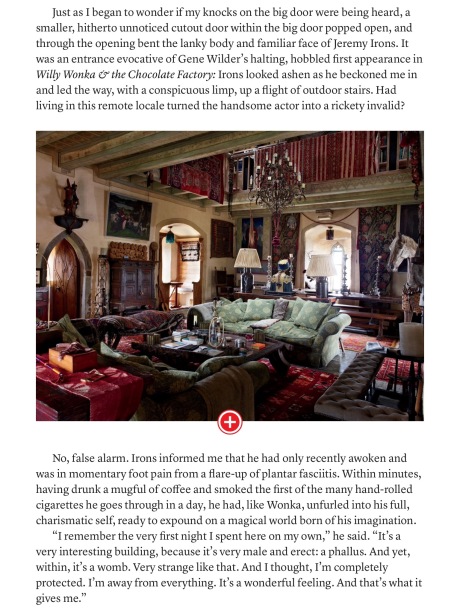



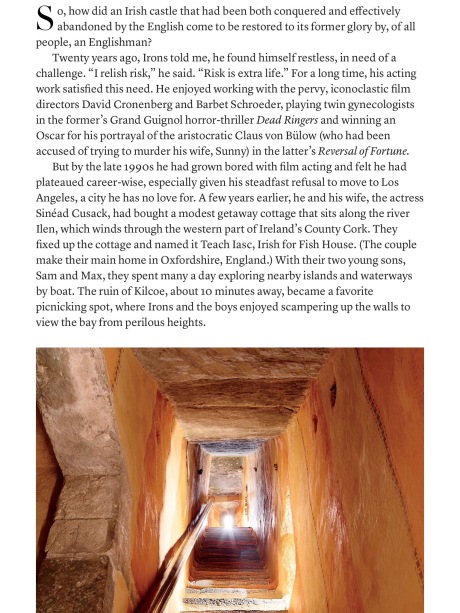





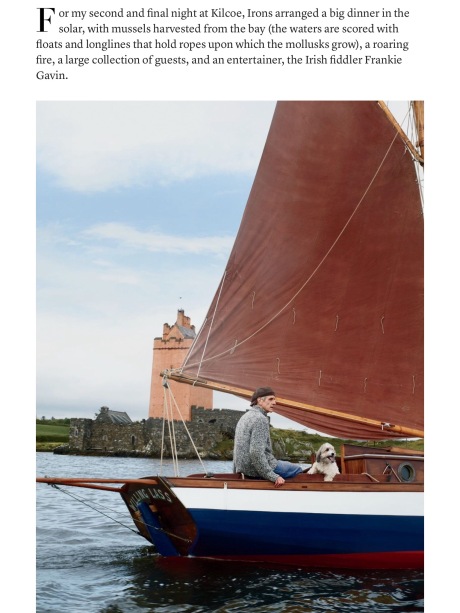
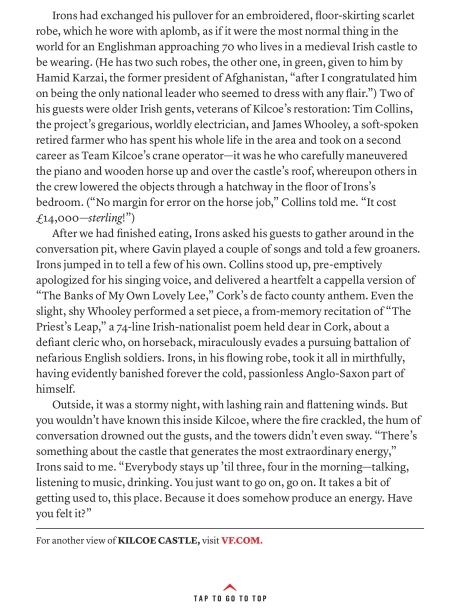



















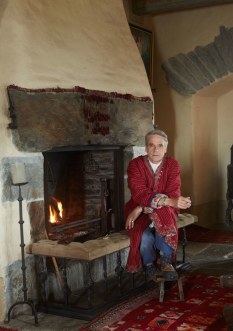


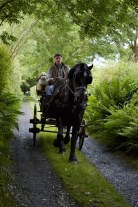







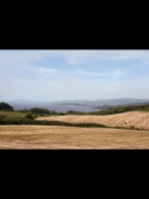











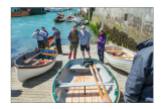























































































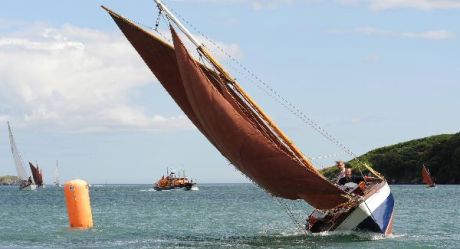













You must be logged in to post a comment.